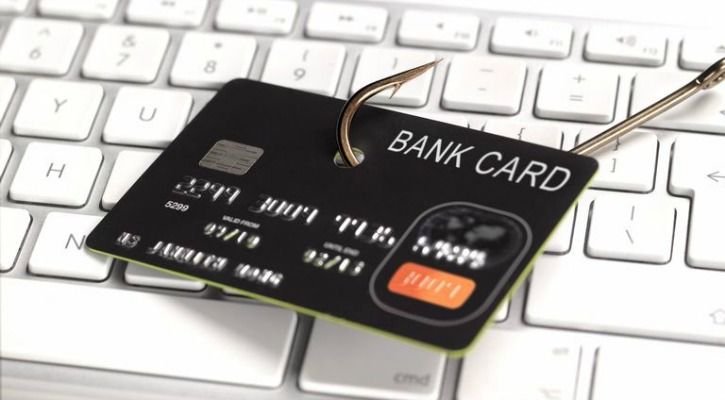 The Internet may be a very convenient way to connect with loved ones, do your shopping, and even watch a movie to pass the time. However, it can also be a dangerous place. If you’re not careful, you can end up getting scammed out of your money, or worse, your identity. So here are a few simple ways you can keep yourself safe.
The Internet may be a very convenient way to connect with loved ones, do your shopping, and even watch a movie to pass the time. However, it can also be a dangerous place. If you’re not careful, you can end up getting scammed out of your money, or worse, your identity. So here are a few simple ways you can keep yourself safe.
Contents
1. Check the URL
The arguably simplest way to know whether you’re on a legitimate website or a phishing cesspool, is to check the URL. Fraudulent sites have to look authentic, but they cannot have the same name as the original. Typically, this will involve a missing or replaced letter, such as www.icicbank.com, which is missing the last ‘i’ in the name of the bank within the URL.
2. Look for the HTTPS
Shopping and banking websites have to have the HTTPS protocol, which is reflected in their web address, as opposed to just http://, where the ‘s’ stands for secure. Even a legitimate website without this protocol can be easier to breach, so you might want to take a minute to reconsider before using your credit card here.
![]()
THE LOCK AND HTTPS SYMBOL ARE IMPORTANT TRUST INDICATORS
3. Trust your software
Use a trusted updated browser like Chrome, Firefox, Edge, or Safari. These have built-in features that let you know when you’re about to visit a website that has a bad user rating or has been reported as a scam site before. In addition, most major antivirus softwares also have browser extensions available that display a trust score next to web links, to tell you just how safe the website is. Don’t disregard all of this information.
4. Read before interacting
Plan to buy a device off a website? Read through it’s pages first. Bad English is one telltale sign of a scam, as is an empty or sparse ‘Contact Us’ page. You can also manually search the company’s name. If there’s an authentic website, it’ll show up at the top of your search, and typically fraud sites and companies will not have much of a digital footprint.
5. Check for ads
If a website has too many ads and popups, it’s likely a scam. Legitimate website don’t want to chase users away with a horrible experience filled with ads. When the website ignores that, it’s probably because the primary goal is to sell you ads, with a secondary goal being to scam someone gullible enough to still click.
Source:-.indiatimes.c




